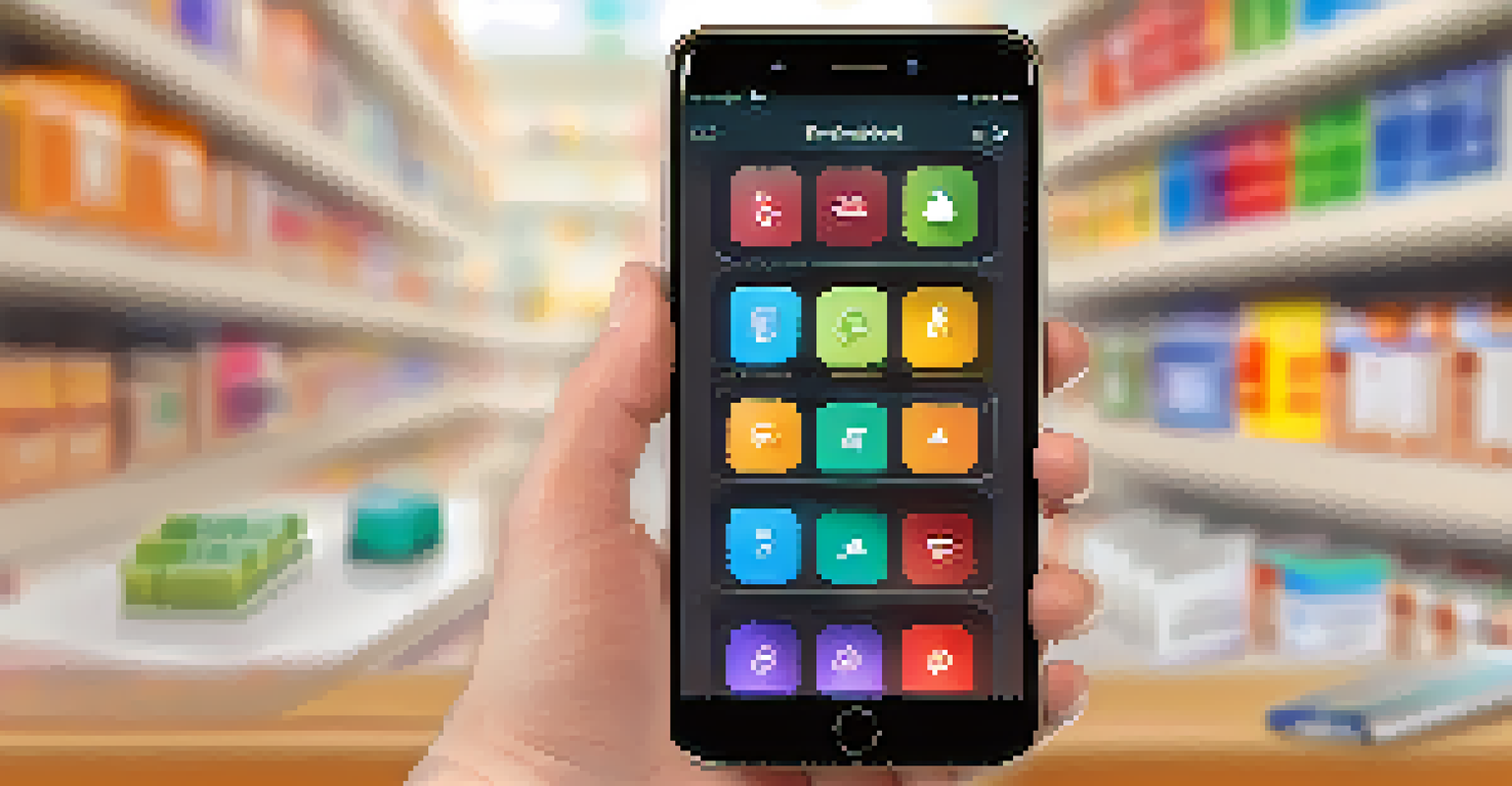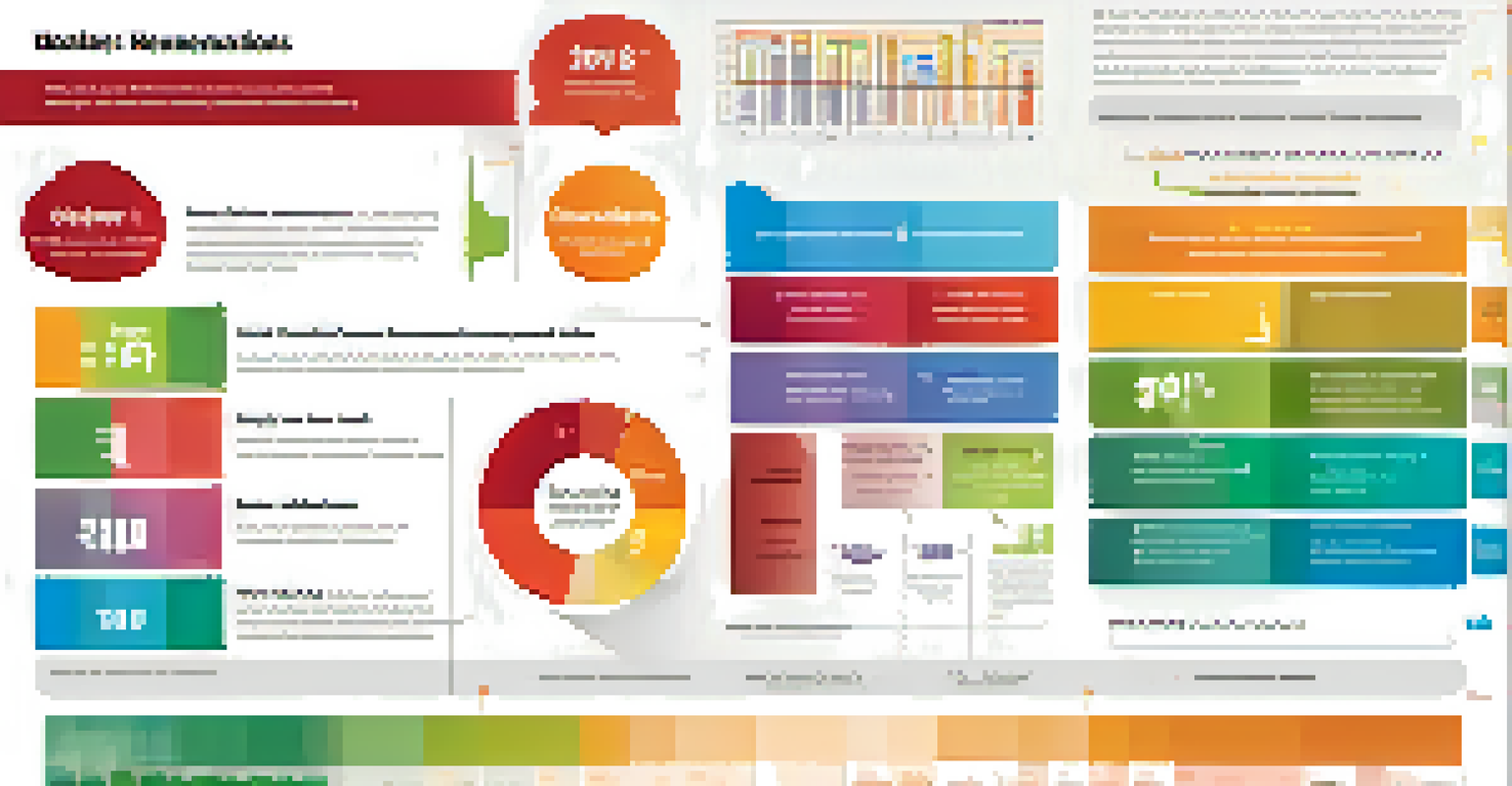Empowering Patients: Tools for Enhancing Health Literacy

Understanding Health Literacy and Its Importance
Health literacy refers to a person's ability to obtain, process, and understand basic health information to make informed decisions. It encompasses a wide range of skills, from reading prescription labels to navigating the healthcare system. Poor health literacy can lead to misunderstandings about medical conditions and treatments, resulting in significant health disparities.
Health literacy is critical for the effective delivery of health care, and it is a key component of patient-centered care.
Consider a scenario where a patient receives a complex diagnosis. Without adequate health literacy, they might misinterpret the information, leading to noncompliance with treatment. This not only affects their health outcomes but also adds strain on healthcare providers who must address these gaps in understanding.
Empowering patients with the knowledge and skills to understand their health is crucial. By enhancing health literacy, we can foster better patient engagement, improve health outcomes, and ultimately lower healthcare costs.
The Role of Digital Tools in Health Literacy
In today's digital age, various tools can enhance health literacy, making information more accessible. Websites, apps, and online platforms provide valuable resources for patients to research their conditions and treatments at their own pace. These tools often feature interactive elements, like quizzes and videos, which can make learning more engaging.

For example, a mobile app that offers medication reminders and educational content can empower patients to take control of their health. Such tools allow individuals to track their progress and understand their health journey better, which can lead to improved adherence to treatment plans.
Importance of Health Literacy
Health literacy is essential for patients to understand their health, make informed decisions, and improve health outcomes.
Moreover, digital tools can foster a sense of community. Online forums and support groups allow patients to share experiences and advice, creating a supportive environment that enhances understanding and encourages proactive health management.
Utilizing Visual Aids for Better Understanding
Visual aids, such as infographics and charts, can dramatically improve health literacy. These tools simplify complex information and present it in a more digestible format. For instance, an infographic explaining diabetes management can help patients grasp essential concepts at a glance.
The single biggest problem in communication is the illusion that it has taken place.
By using colors, images, and concise text, visual aids can highlight key points and make learning more enjoyable. This approach caters to various learning styles, ensuring that information is accessible to everyone, regardless of their background or education.
Incorporating visual aids into patient education can enhance retention and understanding. When patients can visualize their health information, they are more likely to remember important details and apply them to their daily lives.
Empowering Patients Through Effective Communication
Effective communication between healthcare providers and patients is vital for enhancing health literacy. Providers should strive to use clear, simple language and avoid medical jargon that can confuse patients. When discussing treatment options, providers can ask questions to ensure understanding, such as, 'Can you explain how you plan to manage this condition?'
Active listening is another crucial component of effective communication. Healthcare providers should encourage patients to voice their concerns and questions, creating an open dialogue that fosters trust and understanding. This two-way communication can help patients feel more empowered in their healthcare journey.
Role of Digital Tools
Digital tools enhance health literacy by providing accessible information, engaging learning experiences, and fostering community support.
By prioritizing effective communication, healthcare providers can create a supportive environment that encourages patient engagement and promotes better health literacy.
The Impact of Community Programs on Health Literacy
Community programs play a vital role in enhancing health literacy among diverse populations. These initiatives often target specific groups, addressing unique health challenges and cultural barriers. For instance, a local program might offer workshops on nutrition and exercise, tailored to the community's needs and preferences.
Such programs not only provide valuable information but also foster social connections. Participants can share experiences and support one another, creating a sense of belonging that promotes learning and engagement. This communal approach can be especially effective in reaching individuals who may feel isolated or overwhelmed by health issues.
Ultimately, community programs can bridge the gap between healthcare systems and patients, empowering individuals with the knowledge and resources needed to make informed health decisions.
Leveraging Patient Education Materials for Clarity
Patient education materials, such as brochures and pamphlets, are essential tools for enhancing health literacy. These resources should be designed with the patient in mind, using plain language and clear layouts to convey important information. By focusing on readability, healthcare providers can ensure that patients fully understand their conditions and treatment options.
A well-designed brochure can serve as a quick reference guide, helping patients recall crucial information after their appointments. Including illustrations or diagrams can further enhance understanding, making complex topics feel more approachable.
Effective Communication Matters
Clear communication between healthcare providers and patients is crucial for improving understanding and empowering individuals in their health journeys.
To maximize the effectiveness of these materials, providers should regularly update them based on the latest research and patient feedback. This continuous improvement process ensures that educational resources remain relevant and useful for patients.
The Future of Health Literacy: Innovations on the Horizon
As technology evolves, so too will the tools available to enhance health literacy. Innovations such as artificial intelligence (AI) and personalized medicine are set to revolutionize the way patients access and understand health information. For instance, AI-driven chatbots can provide instant answers to patient queries, simplifying the search for reliable information.
Virtual reality (VR) is another exciting frontier that could transform patient education. Imagine a VR experience that allows patients to explore their anatomy or understand a complex procedure in a 3D environment. Such immersive experiences could significantly boost understanding and retention of health information.

The future is bright for health literacy, with ongoing advancements promising to further empower patients in their healthcare journeys. By embracing these innovations, we can continue to break down barriers and promote a more informed and engaged patient population.